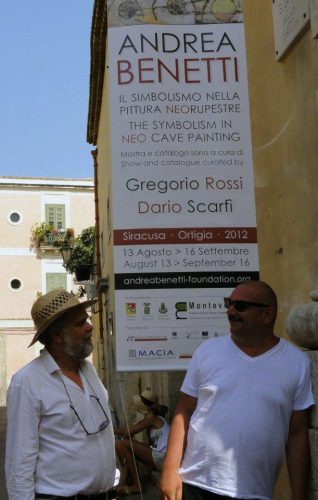Collections of Andrea Benetti's artworks
On this page, you will find the digital archive of Andrea Benetti’s works. The archive is divided into Collections, which are briefly described below. Beneath the icon of each artwork, you will find a technical sheet that includes the archive number, title, year of creation, dimensions, technique, and type of medium used.
With this Collection, Andrea Benetti pays tribute to prehistoric man, the first to feel the need to paint on the rocky walls of caves, thereby creating the earliest form of art in human history.
With this Collection, Andrea Benetti has fun imagining what a hypothetical caveman, catapulted into contemporary times, would paint. If in prehistoric times he painted mammoths, aurochs, bison, and reindeer, since these were the subjects that surrounded him, Benetti hypothesizes what he would paint today selecting contemporary subjects and effectively creating a neo-iconography.
This Collection of works is created with pigments from the Paleolithic period and was born thanks to Andrea Benetti‘s important collaboration with the University of Bologna and the University of Ferrara. The latter certified and provided the Bolognese artist with pigments (sediments, earths, ochre and charcoal) found in the archaeological excavation of Grotta di Fumane. These colors had been used 40,000 years ago by a prehistoric artist to paint five stones found in the excavation.
The Neo-Cave drawings are made on a paper created by Andrea Benetti, to which he gives the name of the place where he makes it. The ” Paper of Montesanto,” the “Paper of Patu,” the “Paper of Sant’Erasmo,” and so on. The drawings are in charcoal, sanguine, sepia and chalk. The figures portrayed are inspired by the symbols of Cave painting. The drawings are sandwiched between two Plexiglas plates, joined by satin silver studs.
The twelve works dedicated to Velocity, are part of a study by Andrea Benetti titled “Unusual Exploration within Velocity,” which became a collector’s book in 2009, created for the centenary of Futurism, which praised velocity. In his project, Andrea Benetti involved some 15 university professors, who joined the initiative, writing a short essay in the margins of the publication, in which they analyze the influence of velocity in their teaching doctrine.
The Collection, titled “Signum Crucis” portrays the symbol of the Cross, in a context of abstract painting. It is a “different” Collection from the subjects dedicated to Cave painting, which usually inspire Andrea Benetti‘s art; but they are works nonetheless created with his classic pictorial stylistic style (the bas-reliefs created in plaster on canvas). After a work depicting the Cross, dedicated to Pope John Paul II, was donated to Pope Benedict XVI by the Ente Morale A.N.F.E., the Emilian artist created the Collection, which has thirteen works.
Andrea Benetti began photographing in the early 1980s with a Nikkormat, a manual camera made by Nikon. He learned photography through his teacher and friend, Professor Marco Caroli, a Bolognese photographer and historian.
Andrea Benetti‘s lifelong passion for photography has Venice as its favorite subject. He began photographing it in the 1980s with a manual Nikon camera. Since then, Venice has remained the favorite destination of Andrea Benetti‘s shots.
The “Photo-Graphics” Collection consists of works created with a combination of digital creative techniques, in which Andrea Benetti is particularly skilled. Beginning with a photographic shot, Benetti processes the image with various graphics and photo-retouching software, culminating in a “Photo-graphics” work, printed on alu-dibond.
Works | The Collections

Abstractism of the Origins I
Abstractism was conceived in the caves of prehistory
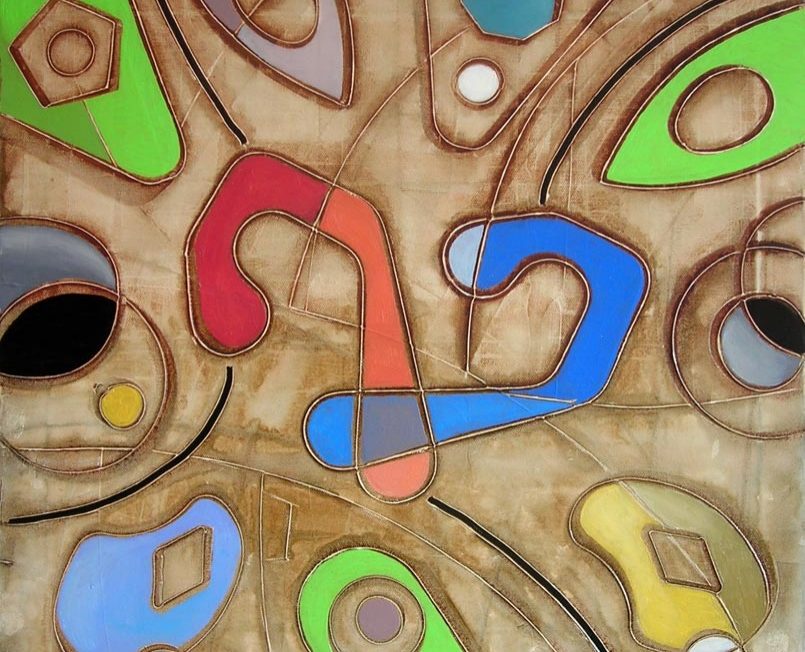
Abstractism of the Origins II
Abstractism was conceived in the caves of prehistory

Primitive in the III Millennium
What subjects would a prehistoric man paint today?

Homage to Cave Painting
Works dedicated to the authors of cave paintings
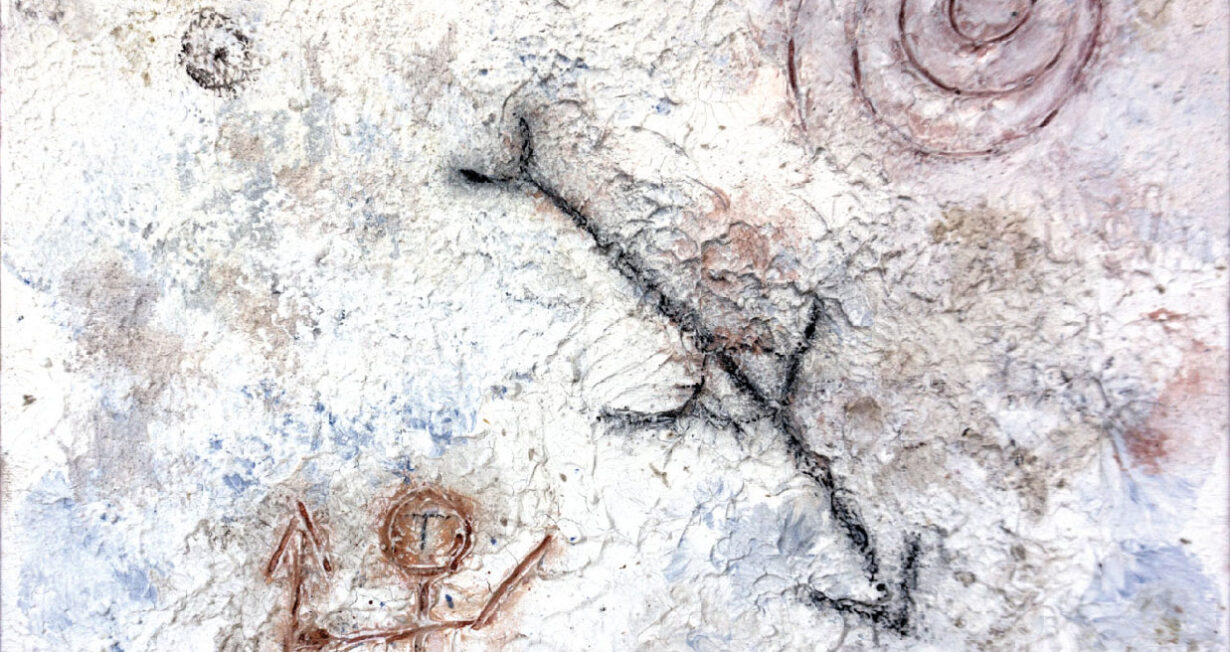
Paleolithic Pigments
Works created by reusing Palaeolithic pigments
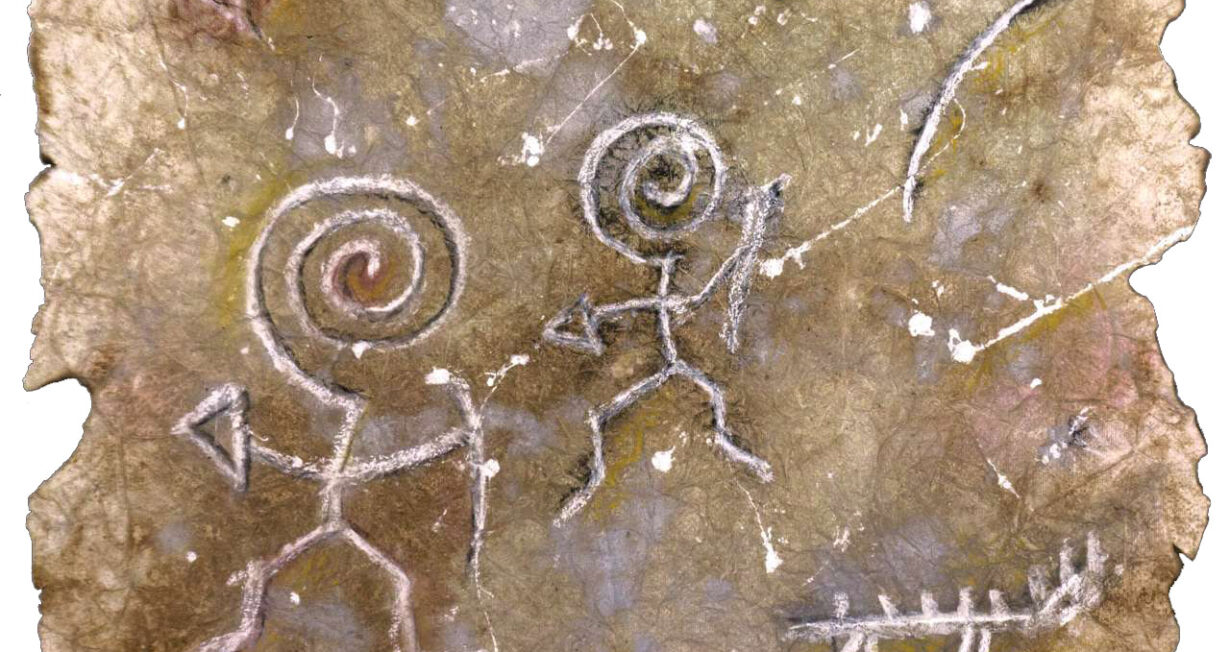
Neo-Cave Drawings
Drawings on paper inspired by cave paintings

Photographic Archive
Andrea Benetti's general photographic archive

Venice Photo Archive
The photo archive of works dedicated to Venice

Photo-Graphics
Computer-processed digital photographic works
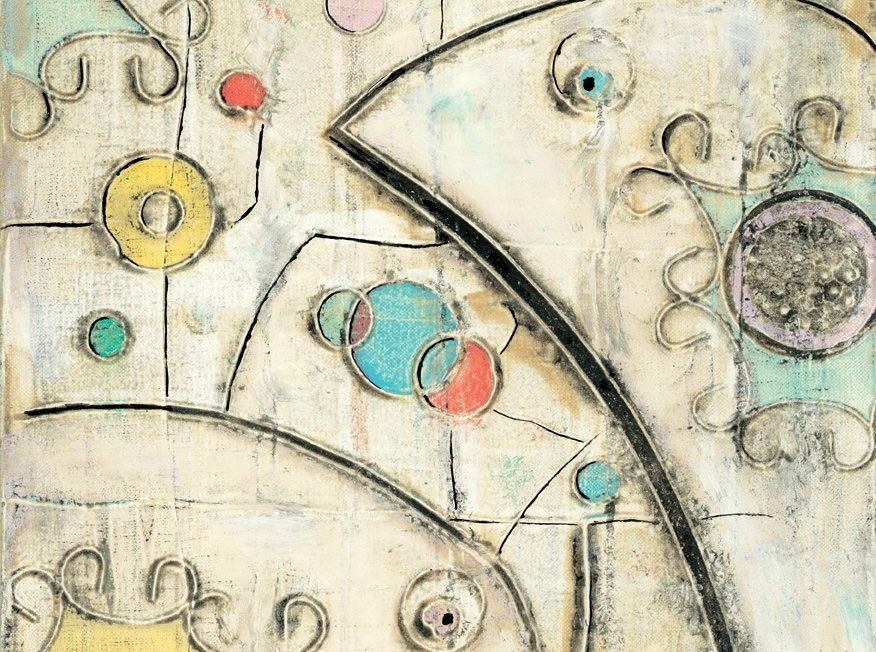
A study of Velocity
Twelve works created for a book dedicated to velocity

The thirteen Crosses
Thirteen works dedicated to the symbol of the Christian Cross


